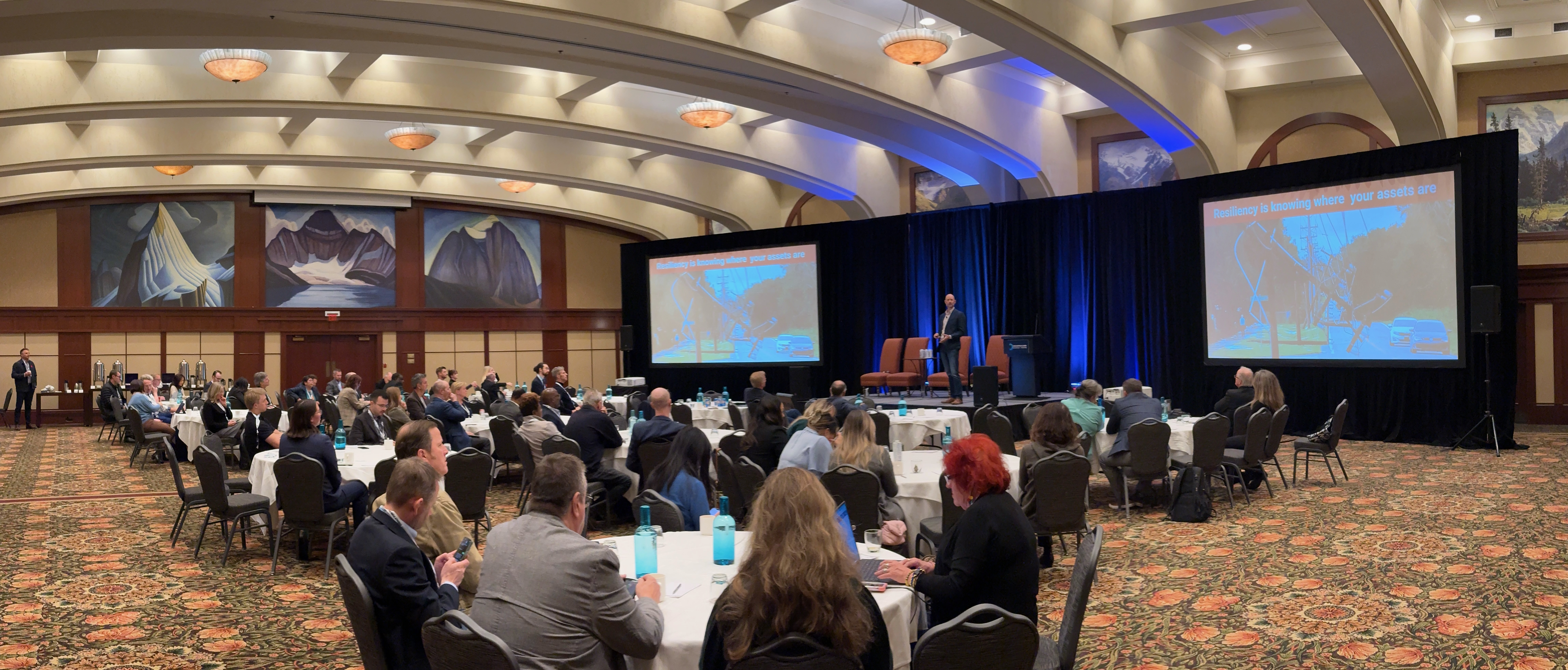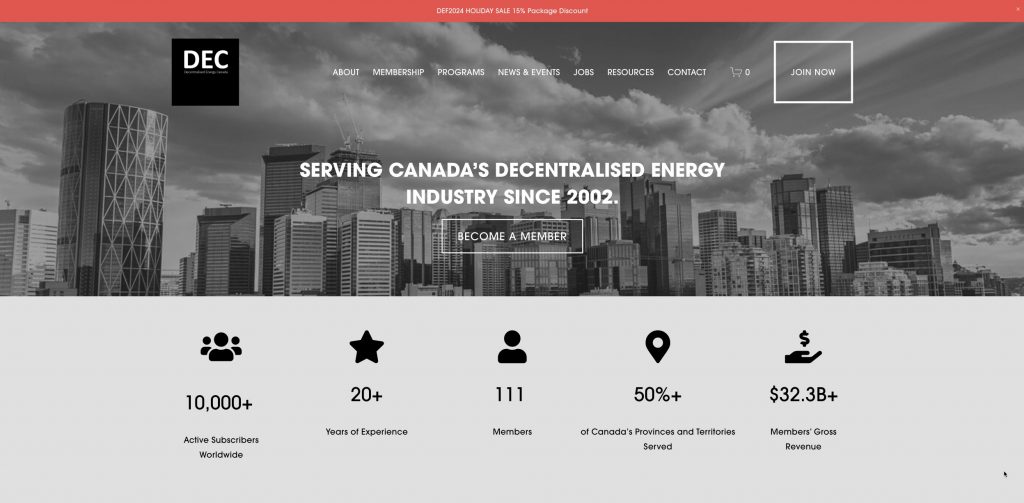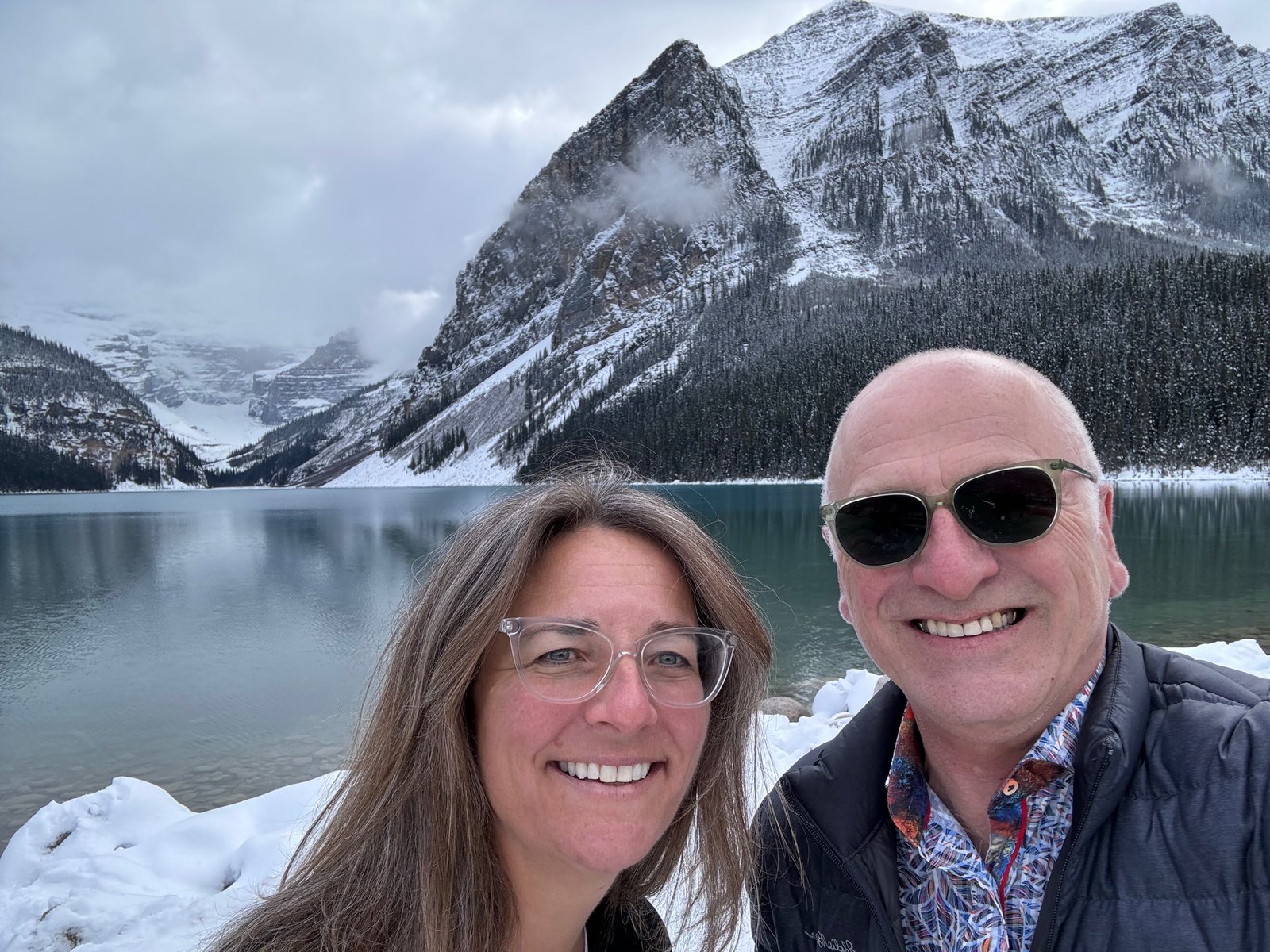By David Dodge, GreenEnergyFutures.ca
I first met Anouk Kendall back in 2011 when she worked for the World Alliance for Decentralised Energy originally formed in 1997 in response to UNFCCC meets in Kyoto.
We were on the roof of EECOL Electric in Calgary, looking at their 47.2-kilowatt solar system and talking about the virtues of decentralised energy.
Kendall has been around the renewable energy industry for decades and helped found Decentralised Energy Canada 20 years ago.
Back in 2011, she told us: “There is no other industry that has stagnated for as long as the energy industry. We’re still looking at 50-year-old powerplants, coal-fired facilities, that are connected to 80-year-old powerlines that are located 200 plus kilometres away from the user,” she told Green Energy Futures.
My how things have changed. The coal plants are gone, renewable energy is booming and the companies she works with are busy building a much more decentralized grid of the future.

Small is beautiful and efficient
Decentralized energy is often referred to as on-site generation and or energy storage performed by small, grid-connected devices located close to the point of consumption.
Solar is the classic example: “That is the epitome of a decentralized energy system. So, you put it in your house, you can have solar panels, you can have an energy storage wall in your house, you can have electric vehicles charging within. It’s a whole little system,” says Kendall today. In other words, your electricity, heating, and cooling all come from on-site sources.
Today we are living with the hang-over of a massive, centralized energy system as charges for distribution, transmission and other administrative charges can comprise more than 50% of your bill.
Even back in 2011, Kendall said “There is a way we can lower these charges in the long term and it’s dead simple. Generate the electricity where the demand is and you don’t have to spend billions of dollars,” she said back then.
Indeed, solar and wind power are the cheapest ways to generate electricity today.
Kendall founded Decentralised Energy Canada to find the best, most cost-effective ways to build the decentralized electricity grid of the future.
Back then there was very little solar on the grid and decentralized and renewable energy were still in their infancy.

But last year DEC turned 20 and today their members represent billions in revenues, and they are leading the development of decentralized energy systems working on ways of maximizing the use of cheap solar and other local sources of energy and building the affordable, resilient grid of the future.
“You’re building it close to the consumer, which saves you a lot of money. It increases efficiency, and it also has the resiliency benefit that can start up faster after an extreme weather event,” she says.
Today with the impact of climate change closing in on the world “there are 330 billion per year of economic losses” due to extreme weather and natural disasters.

I met up with Anouk Kendall at their 20th Anniversary Conference in Lake Louise in November and resiliency and human resources are the big issues being tackled today.
Today small and large renewable energy projects are exploding around the world and there is a desperate need for skilled labour and skills to build the grid of the future.
Presenters at the DEC conference in November were saying we already have the know-how and technology in energy storage and smart grid technologies to build out the more centralized grid of the future, but the conversations are sometimes strained when they are held away from the people with the expertise, such as those at the conference.
The affordable, resilient grid of the future
Polarization be gone
Supporters of conventional energy industries are resisting change by polarizing conversations about energy transition and dissing renewables instead of focusing on how they are helping create the low-carbon economy of the future.
Kendall predicts we will get past all that over the next ten years.
“We will be taking advantage of the trillions of dollars of opportunity in data optimization, microgrids, community-integrated energy systems, diversified energy, and supply generation, both on the thermal and the electrical side,” Kendall says.
Twenty years ago, when Decentralised Energy Canada was starting up solar wasn’t a thing. David Kelly was also just starting up SkyFire Energy in Alberta, a solar company that focused on solar thermal systems back then. But since then, has pioneered solar PV at small and large scales across Western Canada. This is just one example of the transformation that has and is occurring.
In this new world where renewable energy is booming Anouk Kendall sees an ongoing and critical role for Decentralised Energy Canada.
“I think it’ll be an extremely exciting place with so much opportunity and we will be helping the wheels turn and keeping our network engaged and growing enabling a much larger global collaboration in energy resiliency and energy accessibility for the whole world,” says Kendall.





